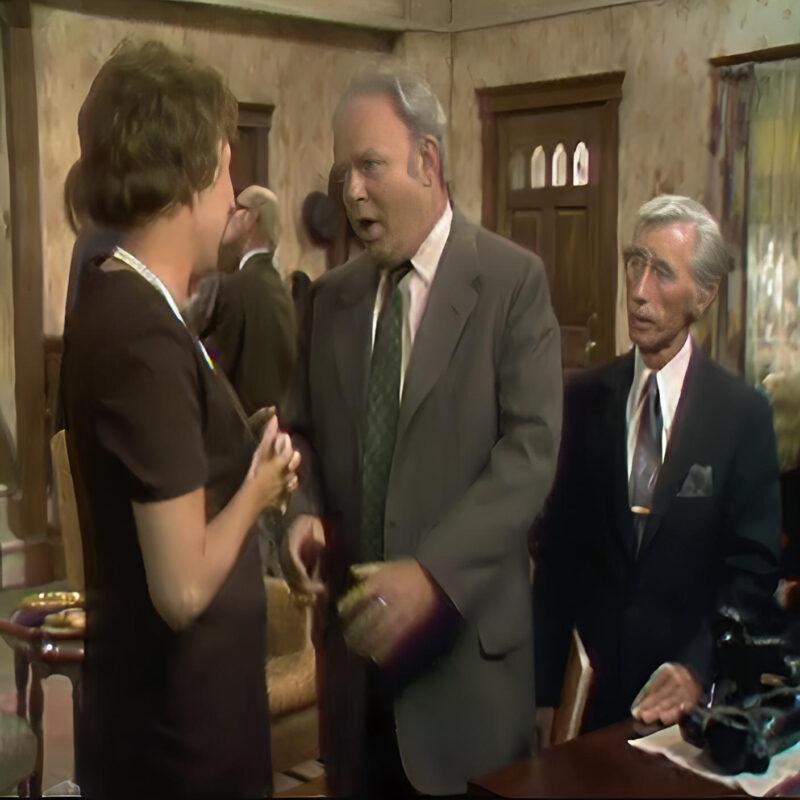
Dr. Keeanga-Yamahtta Taylor, a prominent scholar, activist, and author known for her incisive analyses of race and politics, has offered a critical perspective on the classic television show “All in the Family.” Taylor’s insights delve into the complexities of media representation and the impact of the show’s portrayal of social issues, particularly regarding race.
“All in the Family,” created by Norman Lear and airing from 1971 to 1979, broke new ground with its satirical approach to controversial topics such as racism, sexism, and other societal prejudices. The show’s central character, Archie Bunker, became iconic as a bigoted yet ultimately human figure, representing the prejudices of a segment of American society. While the show aimed to challenge these views through humor, Taylor argues that its execution was often problematic.
Taylor acknowledges the show’s historical significance and its role in bringing critical social issues into mainstream conversation. “In the context of its time, ‘All in the Family’ was revolutionary for its willingness to address issues that other shows avoided,” she notes. “It sparked important discussions about race and inequality in living rooms across America.” However, she also points out that the show’s reliance on humor to tackle serious subjects sometimes resulted in a superficial treatment of these issues.
One of Taylor’s primary critiques is that the comedic framing of “All in the Family” often undermined the gravity of the issues it sought to address. “When racism is presented as the punchline to a joke, it can minimize the real harm and suffering it causes,” she explains. “Archie Bunker’s bigotry was intended to be laughable, but for many viewers, it may have reinforced harmful stereotypes rather than challenging them.”
Furthermore, Taylor critiques the show’s portrayal of racism as primarily an individual problem embodied by Archie Bunker, rather than a systemic issue. “By focusing on Archie’s personal prejudices, the show missed an opportunity to explore the structural and institutional dimensions of racism,” she argues. “This limited perspective can obscure the broader context of racial inequality and make it seem like racism is just about personal attitudes.”
Taylor also addresses the issue of representation within “All in the Family.” While the show featured characters of color, such as the Jeffersons, their roles were often secondary and did not fully capture the complexity of their experiences. “Representation matters,” Taylor asserts. “When characters of color are relegated to the background or used as foils for the main (white) characters, it perpetuates the marginalization of their voices and stories.”
Additionally, Taylor points out that “All in the Family” often failed to consider the intersectionality of various forms of oppression. “Racism, sexism, and classism do not exist in isolation,” she emphasizes. “The show sometimes addressed these issues separately without acknowledging how they intersect and reinforce each other.” This lack of intersectional analysis, according to Taylor, limited the show’s ability to fully engage with the complexities of social injustice.
Despite these criticisms, Taylor recognizes the importance of “All in the Family” in the broader landscape of American television and its
